Allisonkitten - Here, Have Some Space

More Posts from Allisonkitten and Others
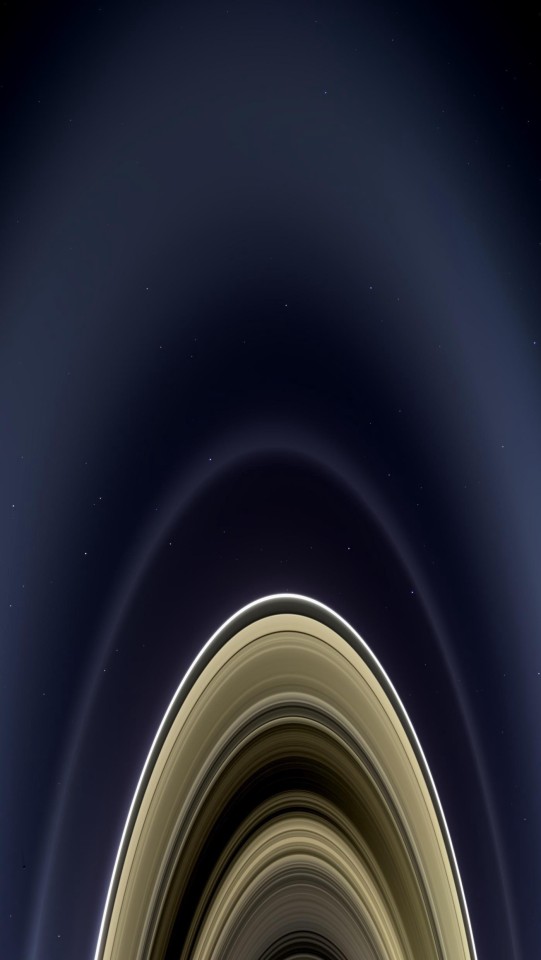
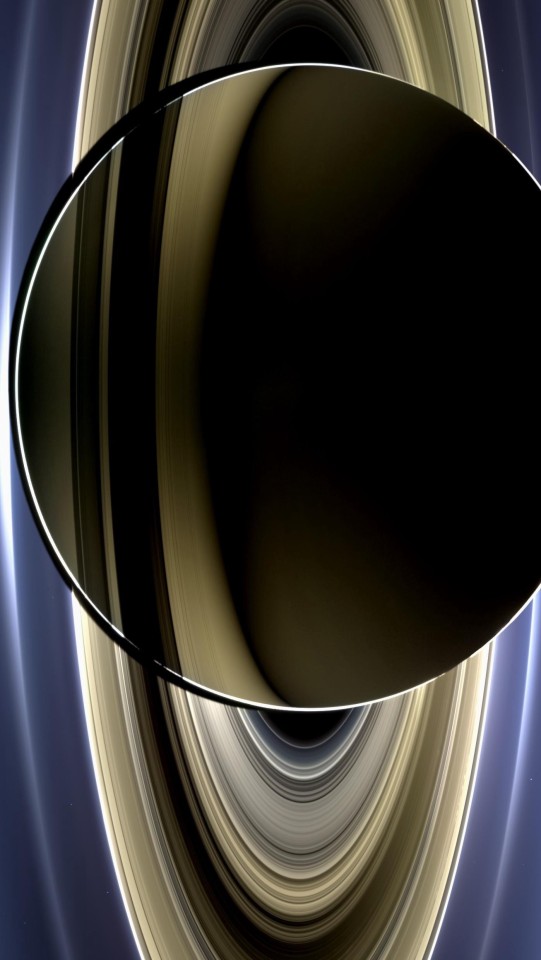
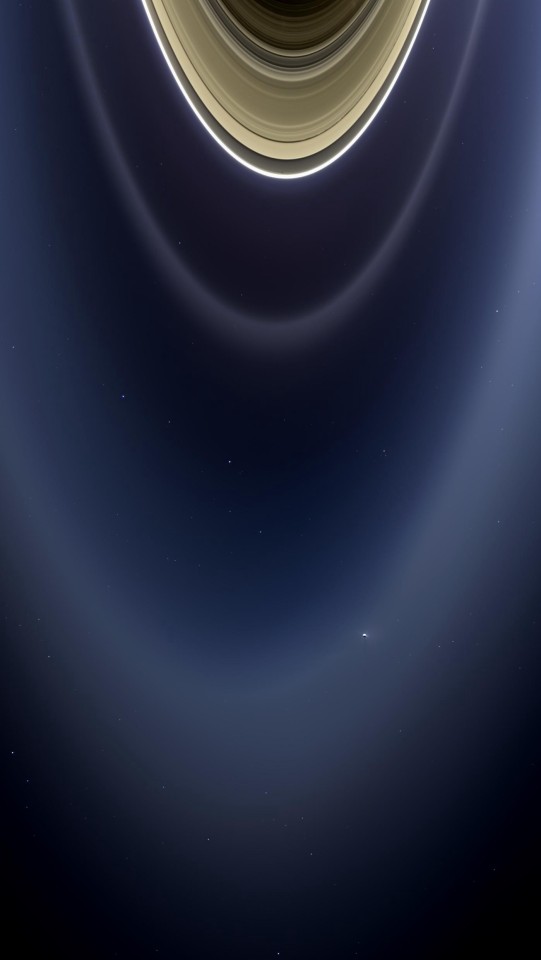
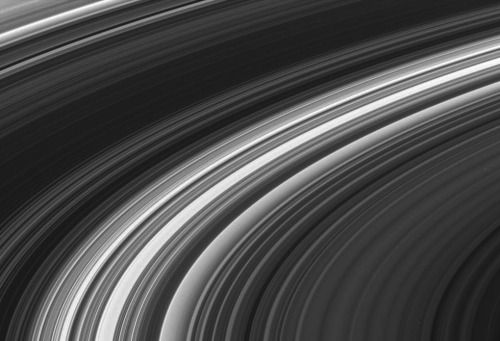

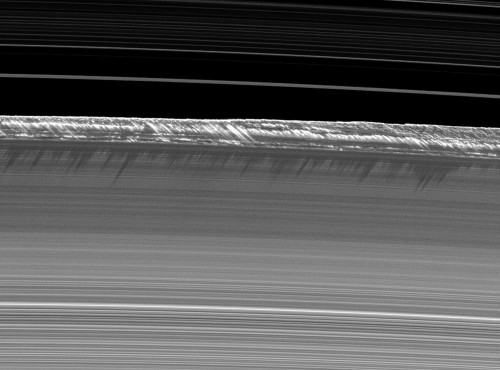

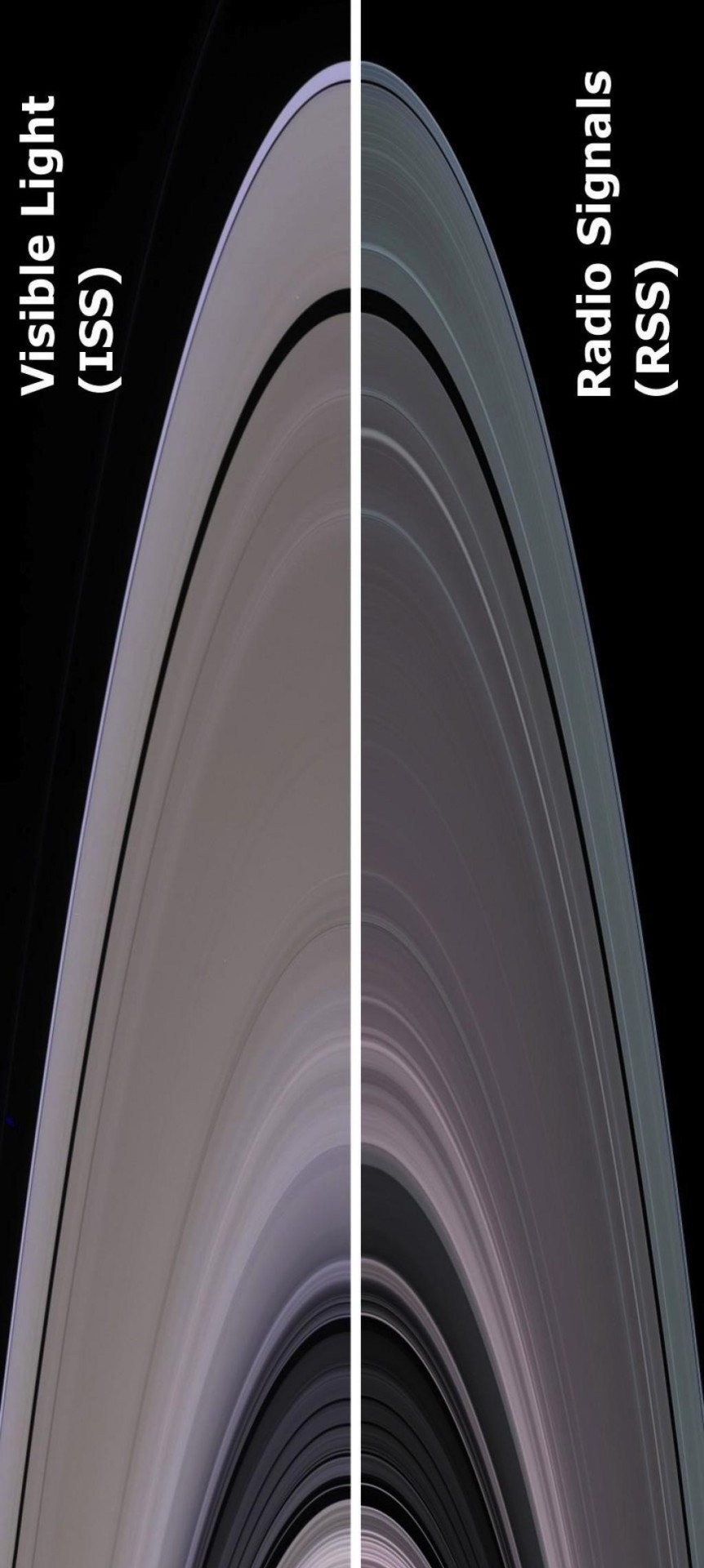
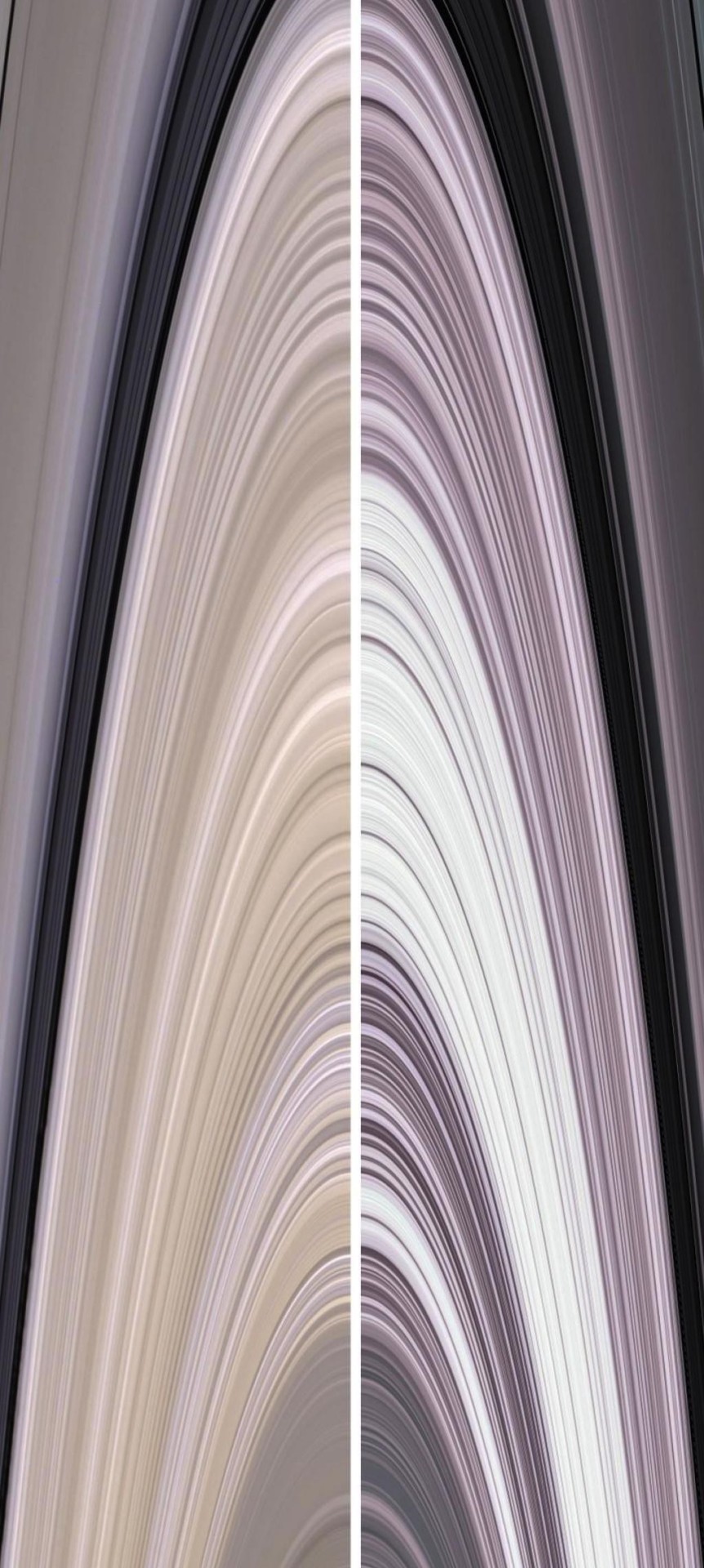
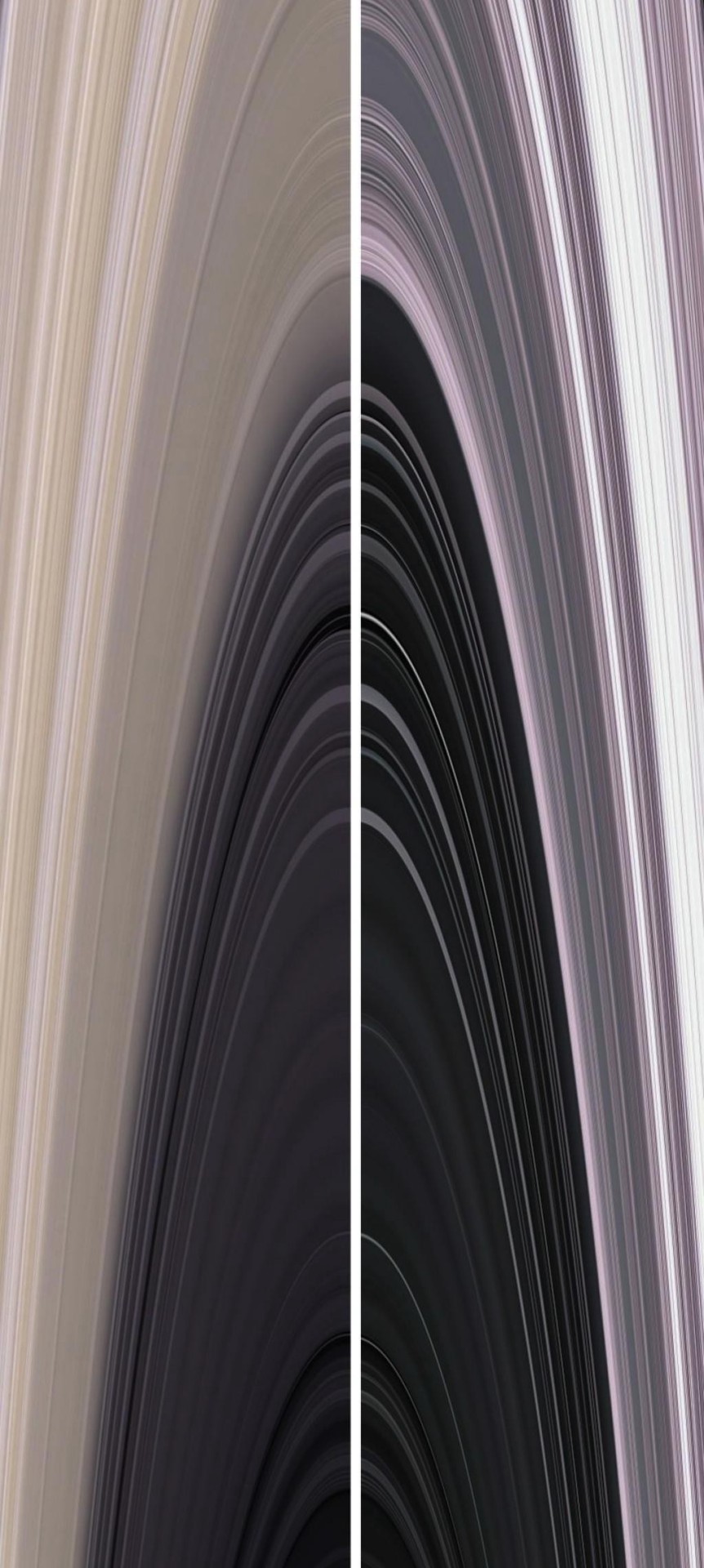
NASA’s Cassini reveals the full glory of Saturn’s rings
“Composed of 99.9% water-ice, the ring system has thousands of thin gaps, and was thicker and more varied in the past. The once-rocky material has coalesced into moons, but the watery rings will remain for as long as our Solar System exists.”
In the 1600s, the earliest telescopes saw that Saturn had “ears,” while later observers all the way back then finally saw their true nature: a ringed system with complex gaps, bands and colorations throughout. Since then, Saturn’s rings have been a source of wonder and puzzlement to skywatchers everywhere. The only ring system visible through most telescopes from Earth, Saturn’s main rings measure more than 70,000 km long, yet are no more than 1 km in thickness. Once thought to have only two gaps in them, the Cassini spacecraft has revealed over a thousand, teaching us that Saturn’s rings are ancient – likely as old as the planet itself – and will likely continue to exist for as long as our Sun shines.
Go get the full story in a glorious set of pictures from Cassini and no more than 200 words on today’s Mostly Mute Monday!
when ur mom comes home with the groceries

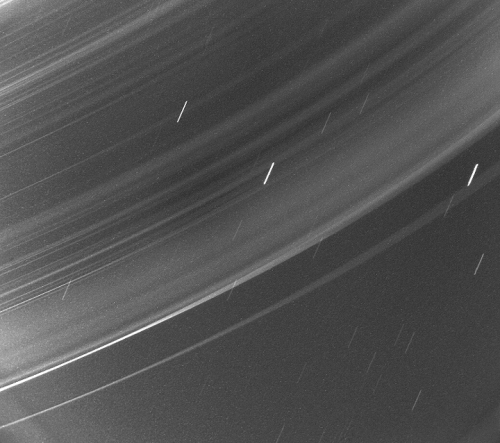
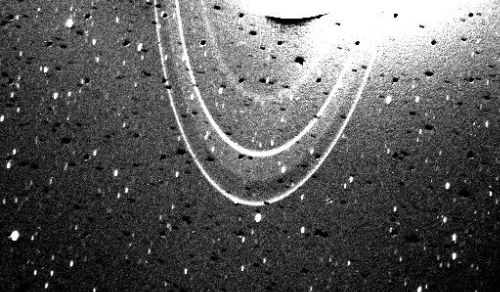

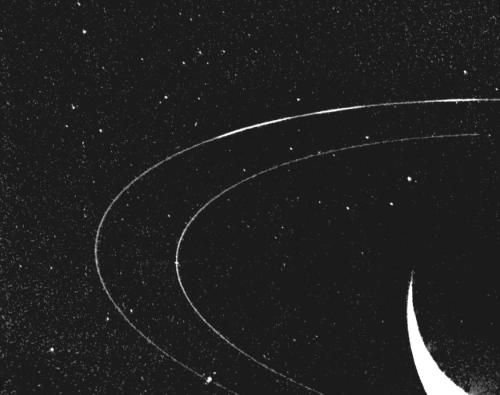
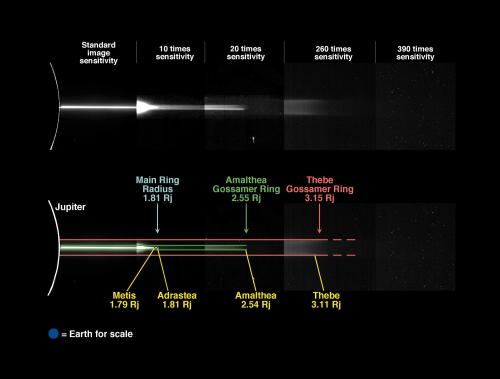
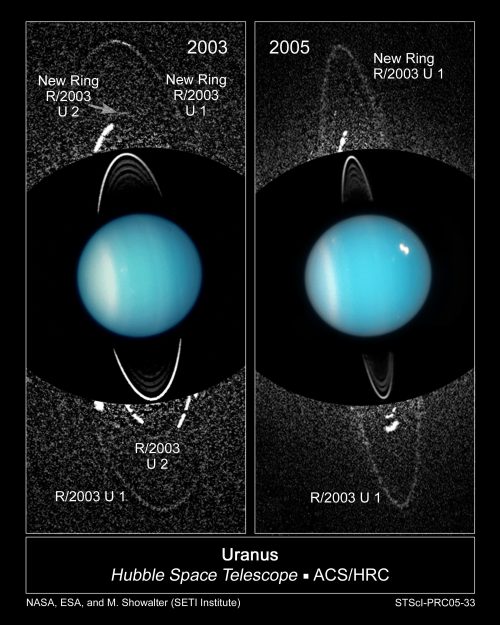
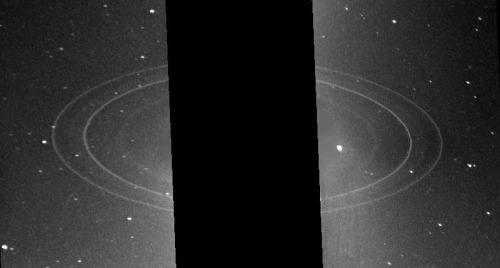
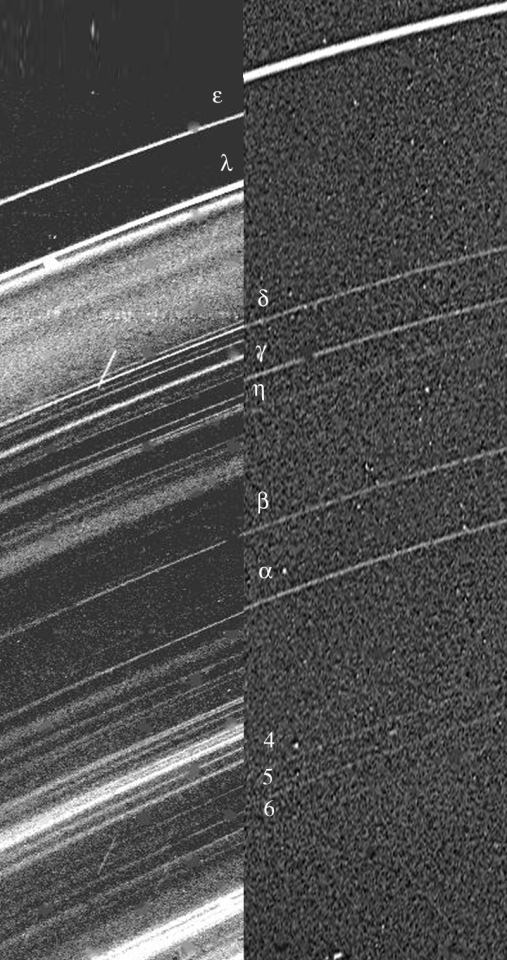
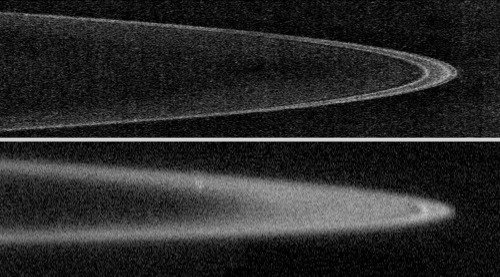
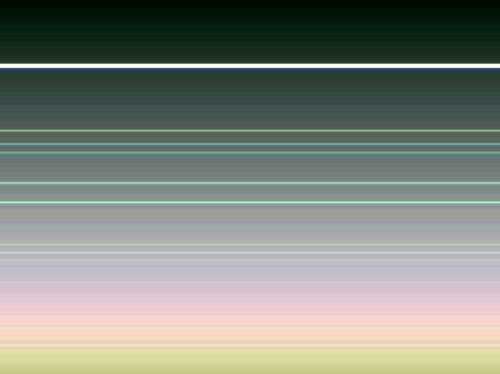
The Incredible Rings Of Uranus, Jupiter And Neptune
“It’s thought that these rings formed by organic compounds from either colliding, destroyed moons or ejecta via the extant moons. The small, innermost moons of Neptune and Jupiter shepherd their great, dusty rings. Contrariwise, Uranus’ rings simply are, consisting of mostly rocks up to 20 meters in size.”
We typically think of Saturn as our Solar System’s ringed world, thanks to its huge, glorious rings spanning nearly three times the diameter of the planet from tip-to-tip. But the other three gas giant worlds have their own impressive ring systems, with Jupiter, Uranus and Neptune boasting four, thirteen and five rings, respectively. While Neptune and Jupiter’s rings are exclusively created and shepherded by their inner, tiny moons, Uranus has a system somewhere in between those worlds and Saturn’s, having been discovered from the ground years before the Voyager spacecraft ever arrived. Go get the full story in pictures, animations and no more than 200 words on today’s Mostly Mute Monday!


The innermost D ring of Saturn.
Credit: NASA, JPL-Caltech, Space Science Institute
It's true I'm a sucker


Three Badass Subfields of Astronomy: Astrobiology, Astrochemistry, and Astrophysics
I’ve been receiving a lot of messages from people curious to know the differences between these subfields of astronomy. So, I’ve written a post giving a simple definition and a brief description of what’s involved in each.
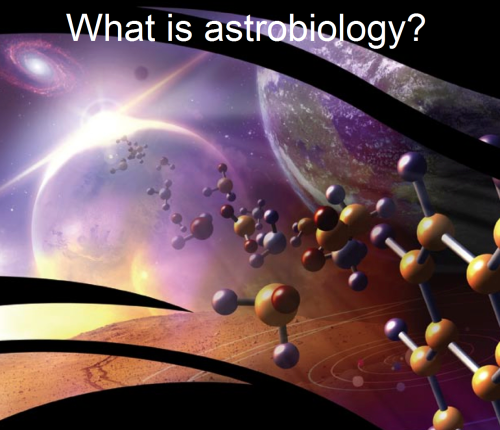
Astrobiology (also known as exobiology) is the study of the origin, evolution, and distribution of life here on Earth and—more importantly—the entire universe. Using existing origin theories and models, this relatively new branch of astronomy is primarily focused on analyzing and discovering the amazing possibility of extraterrestrial life.
Astrobiologists face some distinct problems in their work. Many planets are completely unsustainable to life as we know it. Scorching or freezing temperatures, seemingly gentle rain that would actually burn the skin off of your body, or hurricanes the size of Earth itself are quite common planetary conditions in the universe. Astrobiologists attempt to simulate the possibilities of life cropping up in these unlikely conditions. Whether or not a life form can survive in these types of environments will reveal just how diverse and adaptive it is. Despite nature seeming like an sadistic asshole, there is striking evidence for the resilience of life. Astrobiologists have outlined four requirements for life to survive:
A liquid solvent in which molecules can move freely and interact.
An energy source.
An atom which allows complex structures to exist.
A sh*t load of time.
Considering that certain life forms here on earth have defied some of these requirements, it’s logical to presume that there is indeed extraterrestrial life. The fact that the conditions can literally be terrible and life can still survive, is enough to convince me there are almost certainly other forms of life in the universe.
Additionally, if we do find evidence of other life forms in the universe, they will probably look almost nothing like little green men with large heads and telepathic abilities (although, that would be awesome). In fact, astrobiologists hypothesize that extraterrestrial life will most likely be far more exotic and diverse than anything we can possibly imagine. Nature has certainly shown that it has one hell of an imagination.
Keep reading
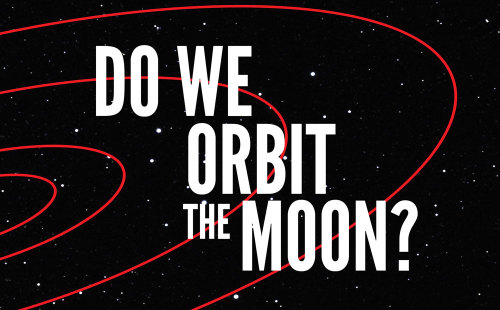



In last week’s episode of It’s Okay To Be Smart, I talked about why the moon orbits the Earth. If you haven’t watched it yet, give it a look. I’ll wait.
There’s some pretty interesting and counterintuitive astrophysics keeping the moon orbiting Earth and not getting gobbled up by the sun. But I left one thing out of that video. The moon doesn’t really orbit the Earth. Strictly speaking, the moon and the Earth orbit each other.
Just like the Earth exerts a gravitational force on the moon, the moon and its mass are “tugging” right back on us. As a result, the two bodies are actually orbiting a point in between, called the barycenter.
If you’ve ever watched pairs figure skating, you’ve seen this in action. When spinning through this move, called a “death spiral”, the two skaters are actually rotating around a barycenter in between their two centers of mass:

This is true of any two orbiting objects, whether it’s a pair of binary stars, a planet and its star, or a planet and its moon(s). You can think of it just like a playground see-saw, with the masses and distance between the two orbiting objects determining where the “balance” point is.
The Earth/Moon barycenter is about 1,700 km beneath the crust:
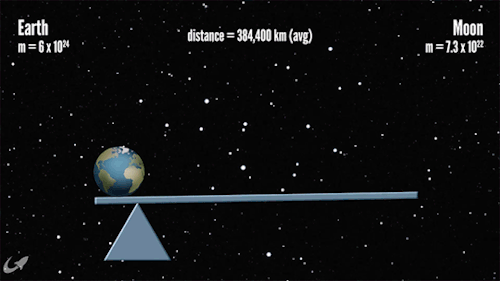
Jupiter, despite being more than five times farther from our central star than Earth is, is so massive that its barycenter lies outside of the Sun:

The Earth-Sun barycenter, on the other hand, is effectively in the center of the sun. Our mass is just peanuts compared to that of that huge burning ball of hot gas:
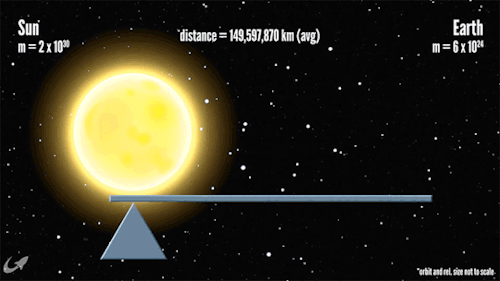
When two orbiting bodies have similar masses and are relatively close to each other, it can be tough to figure out who’s orbiting whom. This is one reason that some astronomers think Pluto and its moon Charon are more of a double-dwarf-planet system:
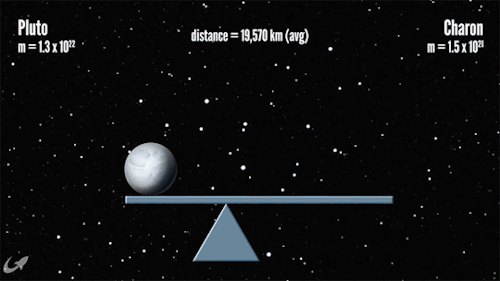
Scientists use the see-saw physics of barycenters to study planets in distant solar systems, observing these wobbly waltzes to discover planets that we can’t see with telescopes.
The dig deeper into this cool bit of astrophysics, check out this article from my friend Chris Crockett. And cue the Dead or Alive…
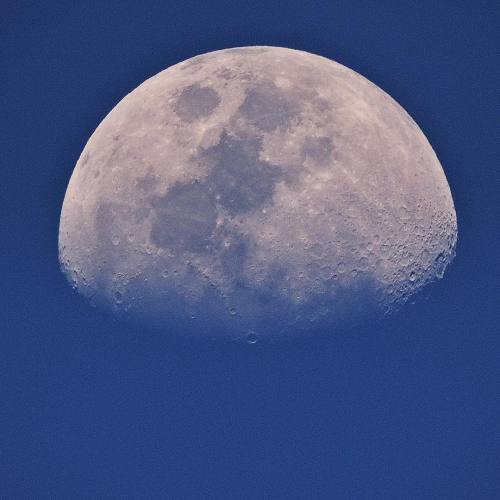
-
 xiuminxxlips liked this · 7 years ago
xiuminxxlips liked this · 7 years ago -
 gotsutsu liked this · 7 years ago
gotsutsu liked this · 7 years ago -
 v0n-dutch reblogged this · 7 years ago
v0n-dutch reblogged this · 7 years ago -
 spacekiddw reblogged this · 8 years ago
spacekiddw reblogged this · 8 years ago -
 spacekiddw liked this · 8 years ago
spacekiddw liked this · 8 years ago -
 teacupthighs liked this · 8 years ago
teacupthighs liked this · 8 years ago -
 zyrina liked this · 8 years ago
zyrina liked this · 8 years ago -
 justdrawingsandstuff liked this · 8 years ago
justdrawingsandstuff liked this · 8 years ago -
 allisonkitten reblogged this · 9 years ago
allisonkitten reblogged this · 9 years ago -
 heytomatopotato liked this · 9 years ago
heytomatopotato liked this · 9 years ago -
 adventuresofoanda reblogged this · 9 years ago
adventuresofoanda reblogged this · 9 years ago -
 adventuresofoanda liked this · 9 years ago
adventuresofoanda liked this · 9 years ago -
 memesfrlfe-blog liked this · 9 years ago
memesfrlfe-blog liked this · 9 years ago -
 heystella-lunden liked this · 9 years ago
heystella-lunden liked this · 9 years ago -
 atlas-the-worldbuilder liked this · 9 years ago
atlas-the-worldbuilder liked this · 9 years ago -
 luigimaster1 reblogged this · 9 years ago
luigimaster1 reblogged this · 9 years ago -
 slightlyfrozenhell liked this · 9 years ago
slightlyfrozenhell liked this · 9 years ago -
 hankhill40404 liked this · 9 years ago
hankhill40404 liked this · 9 years ago -
 thedarkestmatterr-blog reblogged this · 9 years ago
thedarkestmatterr-blog reblogged this · 9 years ago -
 he11a-gratuit liked this · 9 years ago
he11a-gratuit liked this · 9 years ago -
 keepuppuff liked this · 9 years ago
keepuppuff liked this · 9 years ago -
 electric-boogiloo reblogged this · 9 years ago
electric-boogiloo reblogged this · 9 years ago -
 electric-boogiloo liked this · 9 years ago
electric-boogiloo liked this · 9 years ago -
 tuesdayswithmardi liked this · 9 years ago
tuesdayswithmardi liked this · 9 years ago -
 adventitioustaurus reblogged this · 9 years ago
adventitioustaurus reblogged this · 9 years ago -
 carlospenasthumb-blog reblogged this · 9 years ago
carlospenasthumb-blog reblogged this · 9 years ago -
 carlospenasthumb-blog liked this · 9 years ago
carlospenasthumb-blog liked this · 9 years ago -
 bbcauliflower liked this · 9 years ago
bbcauliflower liked this · 9 years ago -
 cavebeast reblogged this · 9 years ago
cavebeast reblogged this · 9 years ago -
 cavebeast liked this · 9 years ago
cavebeast liked this · 9 years ago -
 enchanting-gladiator reblogged this · 9 years ago
enchanting-gladiator reblogged this · 9 years ago -
 enchanting-gladiator liked this · 9 years ago
enchanting-gladiator liked this · 9 years ago -
 cheekypeachx liked this · 10 years ago
cheekypeachx liked this · 10 years ago -
 guaposauce liked this · 10 years ago
guaposauce liked this · 10 years ago -
 wasteofdata reblogged this · 10 years ago
wasteofdata reblogged this · 10 years ago -
 wasteofdata liked this · 10 years ago
wasteofdata liked this · 10 years ago -
 geheimnis reblogged this · 10 years ago
geheimnis reblogged this · 10 years ago -
 alivingsacifice-blog reblogged this · 10 years ago
alivingsacifice-blog reblogged this · 10 years ago
Just a socially awkward college student with an interest in the celestial bodies in our universe.
279 posts